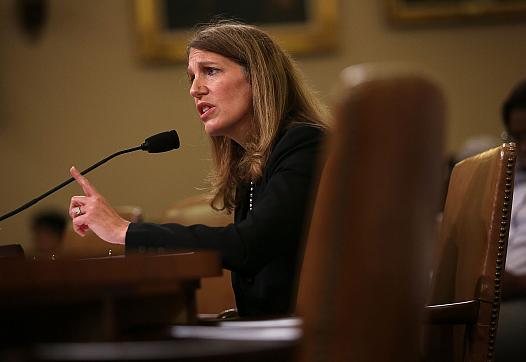
High levels of flux in the Obamacare exchanges make it a tough story to cover. Veteran observer Steven Findlay breaks down some of the key trends and offers reporters advice on how to make sense of the confusion.

High levels of flux in the Obamacare exchanges make it a tough story to cover. Veteran observer Steven Findlay breaks down some of the key trends and offers reporters advice on how to make sense of the confusion.
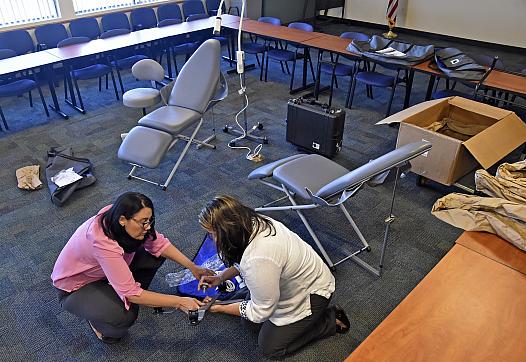
In 14 Sarasota County schools, second-graders will have the chance to receive free dental sealants on their molars through a partnership between the Department of Health in Sarasota County and four local foundations.

A sizable percentage of California farmworkers are still struggling to get access to health services for themselves and their families.
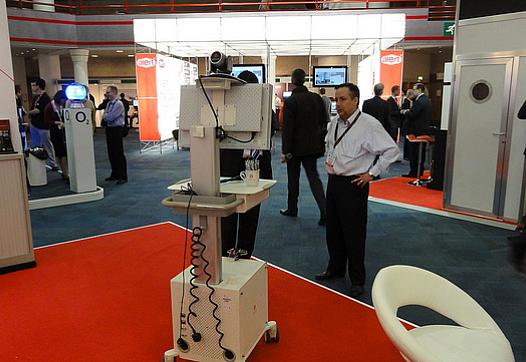
The technology isn’t a panacea for all that ails rural health care today. Some areas still lack the required internet connectivity, and critics say telemedicine doesn't enrich a local economy in the way a hospital does, providing jobs and other community goods.
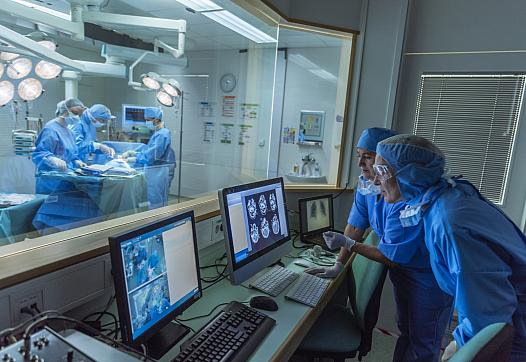
Everyone says health care needs more transparency when it comes to outcomes, but how might that work? And what's holding back efforts to improve care by shining more light on health care outcomes?
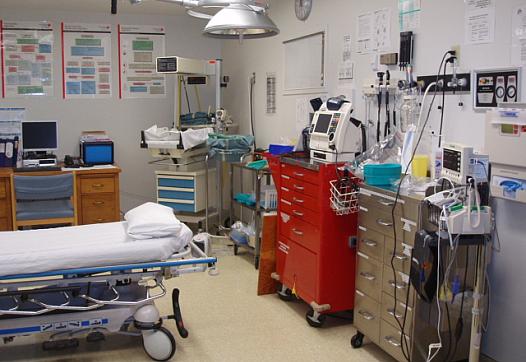
The very economic decline that contributed to rural hospitals' closure is likely to be worsened by their disappearance.

Dr. Glenda Wrenn of Morehouse School of Medicine discusses narratives of recovery and how journalists can do justice to the concept of resilience in their reporting.

This article was produced as a project for the USC Center for Health Journalism’s California Fellowship.
Other stories in the series include:
Tobacco companies put up a fight against California's Prop 56
UCLA SAFE program to help low income residents avoid second hand smoke
Climbing Fences: Obstacle

At its core, l’affaire EpiPen is not about a single drug maker making sky’s-the-limit profits. It’s about how we pay for pharmaceuticals, how we contain price increases, and ultimately, who gets to use the drugs.

A reporter explores what Obamacare has meant for the health of DACA recipients and their undocumented family members. For many such families, reform has result in a patchwork quilt of eligibility.